In Japanese culinary culture, color is more than just a visual delight. It’s a vital element that expresses the changing seasons, conveys celebratory feelings, and even signifies nutritional balance. From the wisdom of colors found in traditional Japanese cuisine to the latest vibrant trends lighting up social media, let’s explore the deep and fascinating world of food color in Japan.
Beloved Traditional Colors and the Latest Trends
Since ancient times, people have adorned the Japanese dining table with dishes that skillfully incorporate the colors of the natural world. Chefs consider the five primary colors, known as goshiki (五色), the foundation of Japanese cooking.These are red, yellow, green, white, and black, and they represent not only visual beauty but also a well-rounded, nutritious meal.
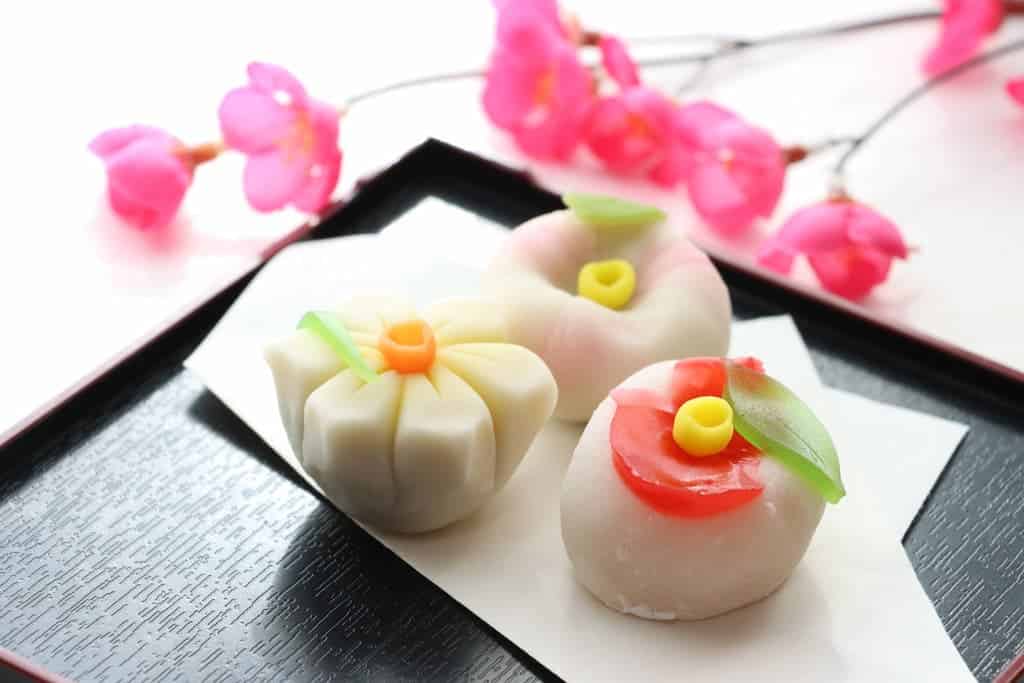
Goshiki ( Foundation Five Colors )
- Red: Believed to stimulate the appetite, red is essential for celebratory occasions. It’s seen in dishes like red and white kamaboko (fish cakes), sekihan (red bean rice), and fresh tuna sashimi.
- Yellow: Brightening the table with a touch of splendor, yellow appears in classics like tamagoyaki (rolled omelet) and kurikinton (candied chestnuts and sweet potatoes).
- Green: The colors of seasonal vegetables, such as in boiled spinach (ohitashi) or vinegared cucumber, bring a sense of freshness and calm to a meal.
- White: A familiar and essential color for the Japanese people, seen in rice and udon noodles, white symbolizes purity and divinity. It is found in simple yet elegant ingredients like tofu, daikon radish, and white-fleshed fish.
- Black: Colors like those in simmered black beans, hijiki seaweed, and nori (seaweed sheets) add depth and contrast, tying the entire meal together.
In recent years, however, a new wave of vividly colored foods, driven by keywords like “photogenic” and “Insta-worthy,” has gained immense popularity, moving beyond the traditional Japanese food color palette.
Colorful Food Trends
- Rainbow Foods: From bagels and cakes to cotton candy and even ramen, foods colored with the seven colors of the rainbow have captured the hearts of the younger generation with their striking visual impact.
- Colorful Sweets: Traditional Japanese sweets (wagashi) are also being reimagined with a modern twist, featuring brightly colored bean pastes on dango (dumplings) or multi-colored shiratama (mochi balls).
- Creative Drinks: Colorful sodas with layers of jelly and fruit have become a staple of café culture.
The New Trend: The Allure of Blue Food
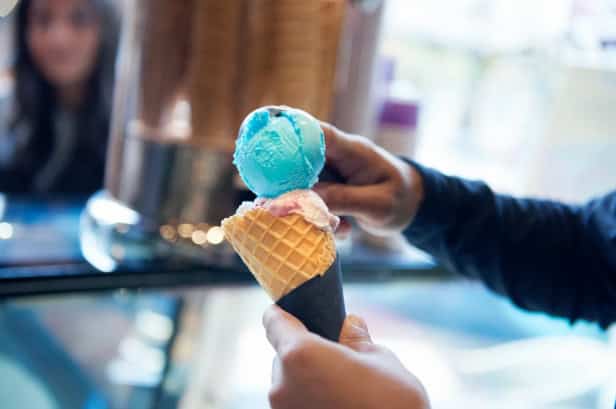
Traditionally, people rarely saw blue on the Japanese dining table. Because few foods grow naturally blue, people often associated the color with suppressed appetite. However, this perception is changing rapidly. Trendy “blue foods” like blue curry, blue desserts, and even blue beer now gain popularity on social media for their unique, otherworldly appearance.
Producers achieve this striking blue hue primarily with natural ingredients. One key source is phycocyanin, a pigment extracted from spirulina, a type of algae; manufacturers use it as a recognized, safe food additive in ice cream, confections, and more. Another popular source is butterfly pea, a plant native to Thailand that yields a vivid blue herbal tea. Butterfly pea also dramatically shifts from blue to purple when someone adds an acidic liquid like lemon juice, creating a visual treat. The demand for a natural blue food coloring has made these ingredients highly sought after.
A History of Color in Japanese Cuisine
Japanese food culture developed a deep appreciation for color over centuries.
During the Asuka and Nara periods (538–794 AD), people used colors to signify social rank, which heightened awareness of their symbolic power. In the Heian period (794–1185), the aristocracy developed a sophisticated sense of color combinations in clothing, known as kasane no irome, to express the seasons. This refined aesthetic likely influenced cuisine.
By the Edo period (1603–1868), culinary culture flourished and chefs prioritized presentation. During this time they established a comprehensive culinary aesthetic that emphasized not only the inherent colors of ingredients but also ashirai—garnishes that add a splash of color—and the harmonious pairing of food with serving dishes.
Throughout this history, Japanese cuisine has pursued the art of capturing the beauty of the four seasons on the dining table, cherishing the colors of nature’s bounty.
The Art and Science of Japanese Food Color
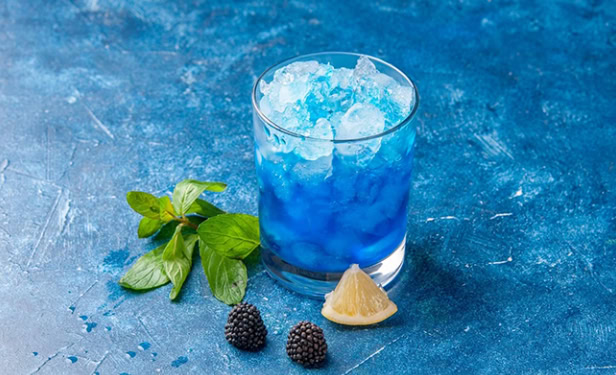
How are the rich and diverse colors in Japanese food created? The answer lies in a combination of ancient wisdom and modern technology.
Highlighting Natural Ingredient Colors
The foundation of traditional Japanese cooking is to maximize the natural colors of the ingredients themselves. Techniques like blanching vegetables to enhance their vibrancy or decorative cutting (kazari-giri) to showcase their natural shapes and colors are prime examples.
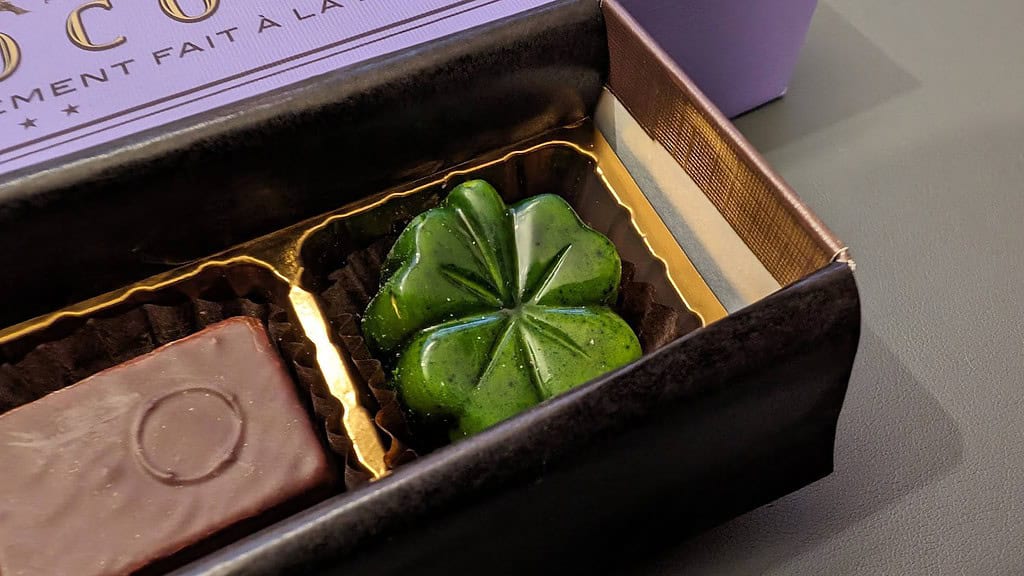
Traditional Natural Food Dyes
Japan has a long history of using natural substances derived from plants and animals as coloring agents.
- Gardenia (Kuchinashi): Used to create a yellow hue in foods like pickled daikon radish (takuan) and kurikinton.
- Safflower (Benibana): Known for its red and yellow dyes, it is used in traditional sweets.
- Purple Sweet Potato (Murasaki-imo): Rich in anthocyanin pigments, it lends a beautiful purple color to sweets and dishes.
- Mugwort (Yomogi): Famous for giving the green color to kusa mochi (grass mochi), a quintessential Japanese herb.
- Red Shiso: Creates the vibrant reddish-purple color of pickled plums (umeboshi) and shibazuke pickles.
Natural blue colorings approved as food additives in Japan include the previously mentioned spirulina pigment, butterfly pea (clitoria ternatea) extract, and gardenia blue.
Modern Food Coloring
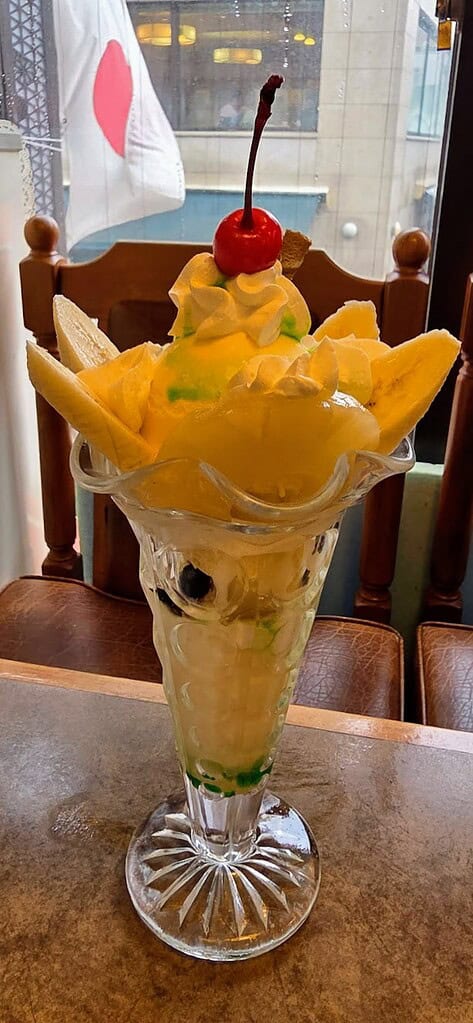
Today, manufacturers widely use synthetic food colorings alongside traditional natural colorings because they offer stability and vivid hues. The Food Sanitation Act strictly regulates their use, allowing only colorings that authorities have confirmed as safe. In recent years, there has also been a growing trend of using natural pigments extracted from fruits and vegetables like pumpkin, carrots, and spinach. This focus on natural sources has also driven innovation, leading to the popular use of ingredients like spirulina to create a stable and brilliant blue food coloring for modern confections and drinks.
The colors that adorn the Japanese table are more than mere decoration; they are an expression of gratitude for nature, a celebration of the changing seasons, and a reflection of the host’s hospitality. From the profound world of traditional Japanese food color to the fun and pop appeal of modern colorful foods, the nation’s culinary culture will undoubtedly continue to delight both our eyes and our palates for years to come.
Conclusion
In conclusion, the world of food color in Japan is a vibrant tapestry woven from centuries of tradition and threads of modern innovation. From the profound symbolism of the five traditional colors that balance a meal to the whimsical, eye-catching appeal of today’s rainbow and blue foods, color serves as a silent language. It communicates the essence of the season, the chef’s skill, and a deep-seated cultural appreciation for beauty in every aspect of life. As Japanese food color continues to evolve, this beautiful fusion of the past and the present ensures that dining in Japan will always be a feast for the eyes as well as the palate.
FAQ
- What does “Goshiki” mean?
It’s the “five colors” (red, yellow, green, white, black) used in Japanese cooking for balance and beauty.
- Why is color important in Japanese food?
Colors express the seasons, balance nutrition, and make meals more enjoyable.
- What natural ingredients give color?
Safflower (red/yellow), mugwort (green), purple sweet potato, red shiso, and gardenia are common.
- Does Japan use artificial food coloring?
Yes, but only those approved by law for safety.
- How do chefs make blue foods?
By using spirulina, butterfly pea, or gardenia blue.
- What’s the difference between traditional and modern colors?
Traditional food uses natural, seasonal colors. Modern food often uses bold, “Instagrammable” colors.
- Do colors have meanings?
Yes. Red and white mean celebration, green is freshness, white is purity, black adds contrast.
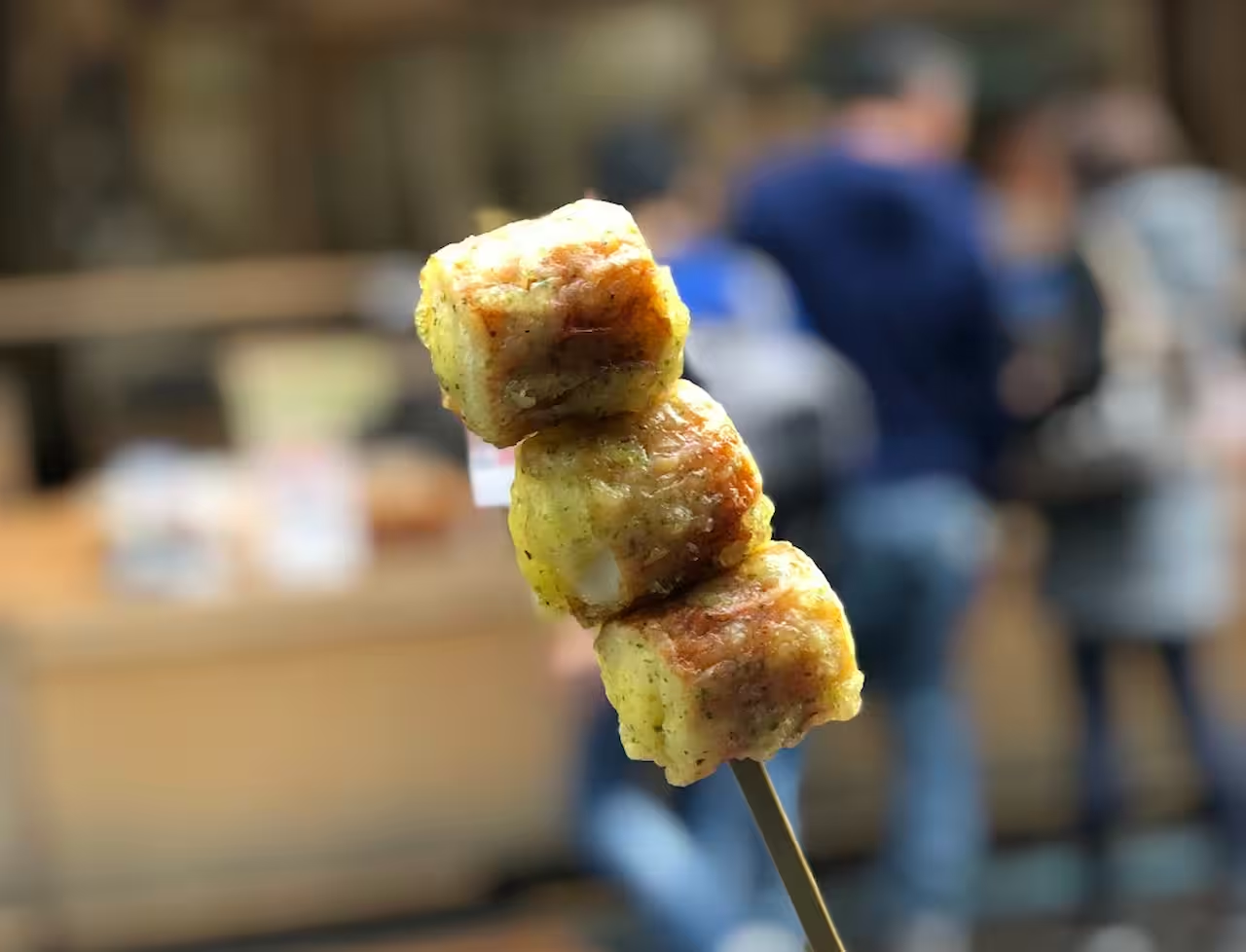
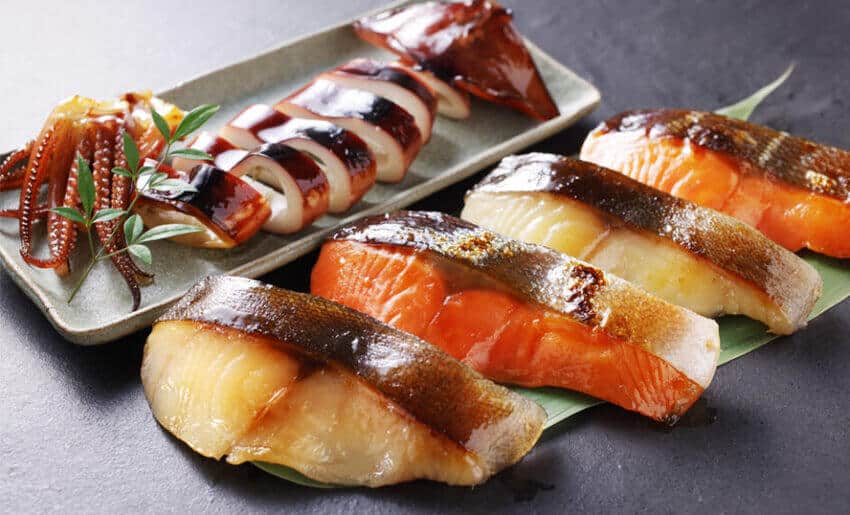
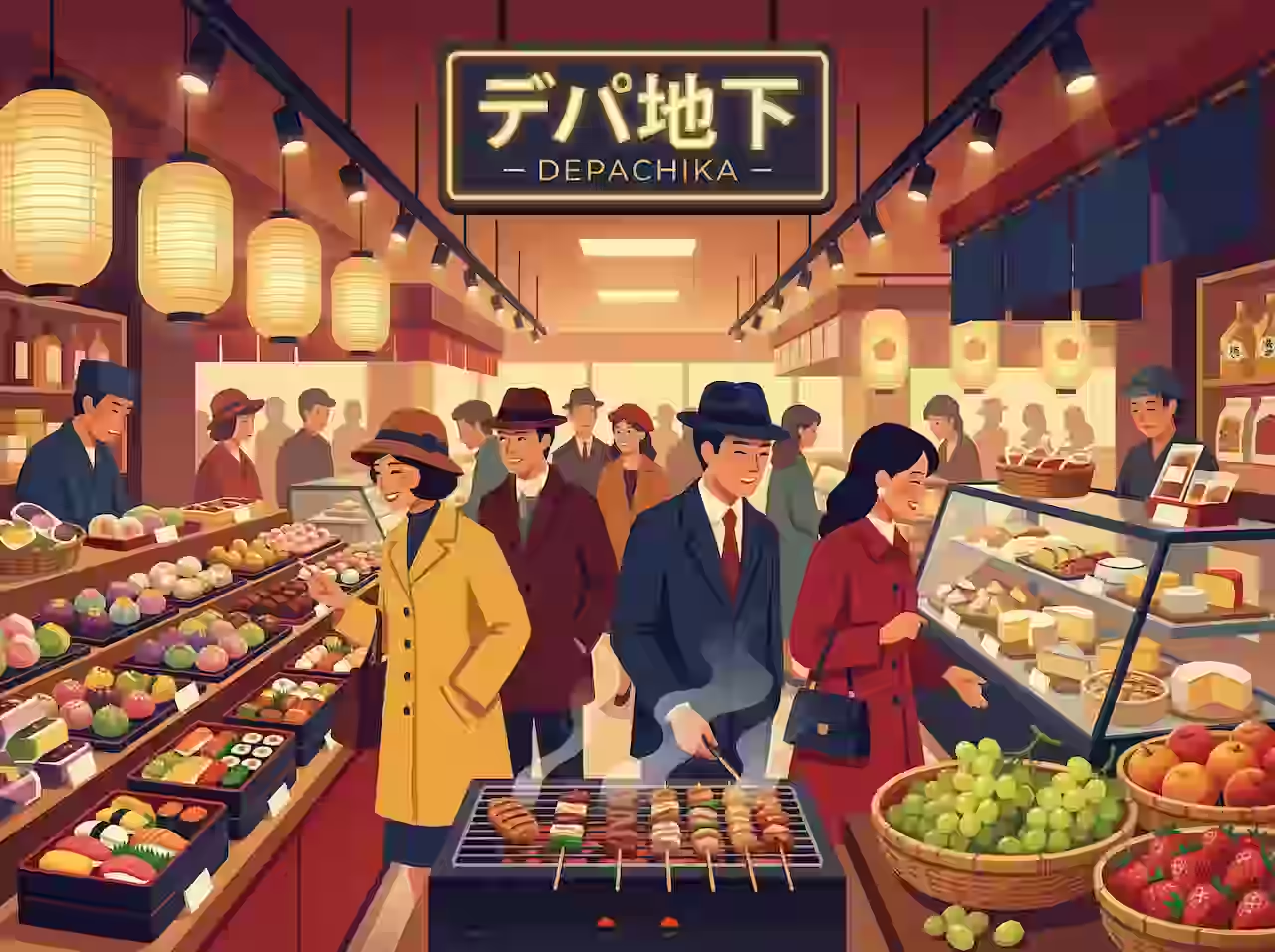
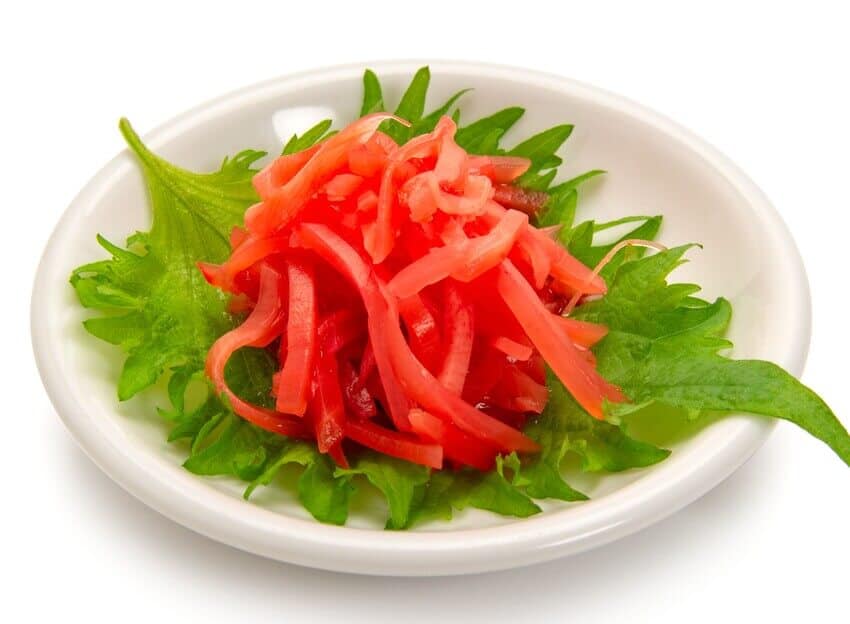
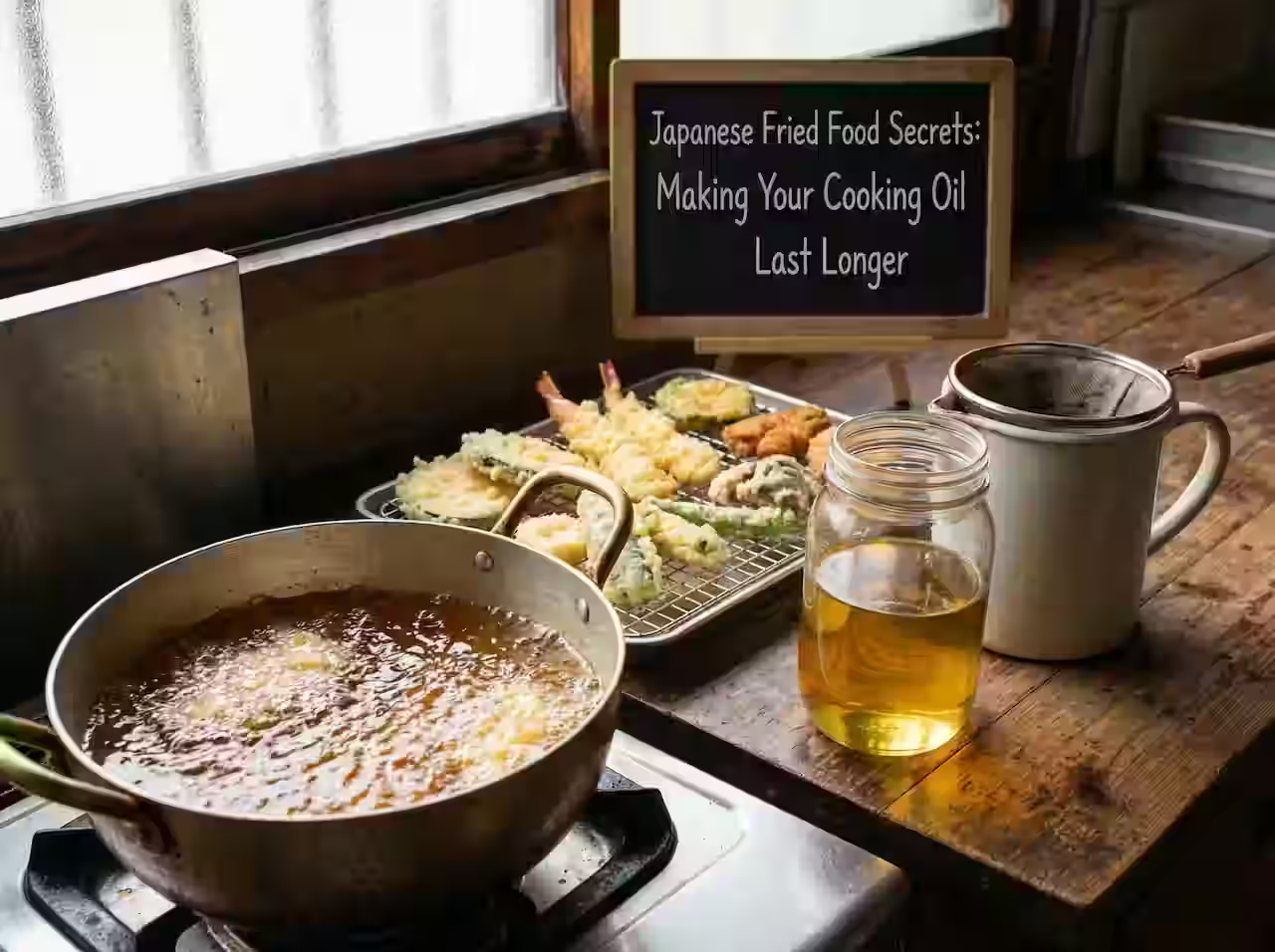

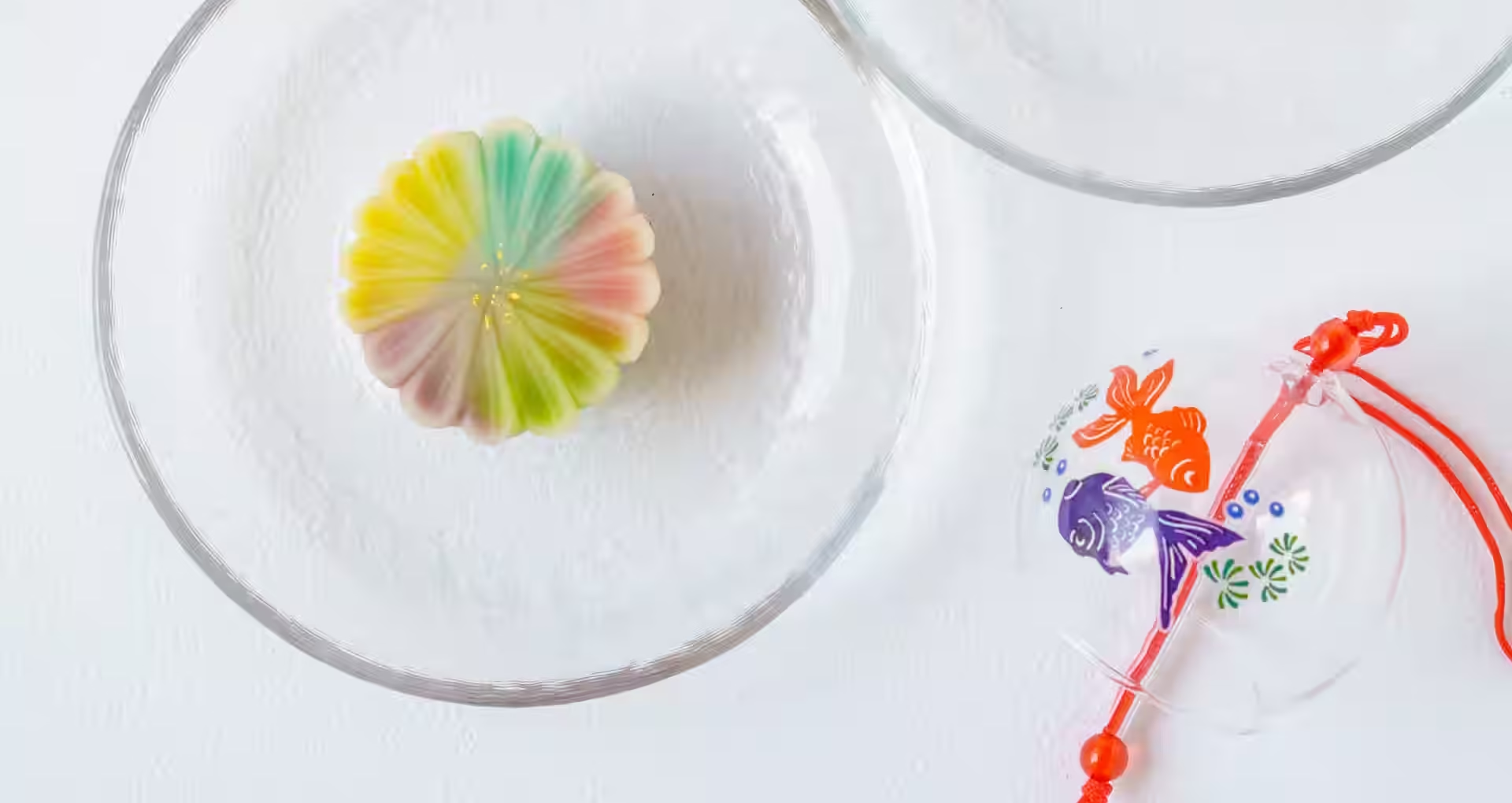
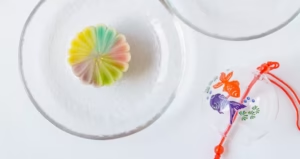
Comments